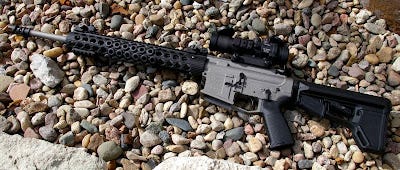Troubleshooting Your AR Build
Troubleshooting Your AR Build

At this point I have completed hundreds of AR builds from standard .223, 5.56 Nato, .223 Wylde, 5.45x39, 9mm, 10mm, and even a few in the 308 and 7.62x51 chambers. I will say none have gone together perfectly however a few tips and tricks along the way have helped me get a bit smarter with each build. Experience does breed s…
Keep reading with a 7-day free trial
Subscribe to Major Pandemic - MajorPandemic.com to keep reading this post and get 7 days of free access to the full post archives.


